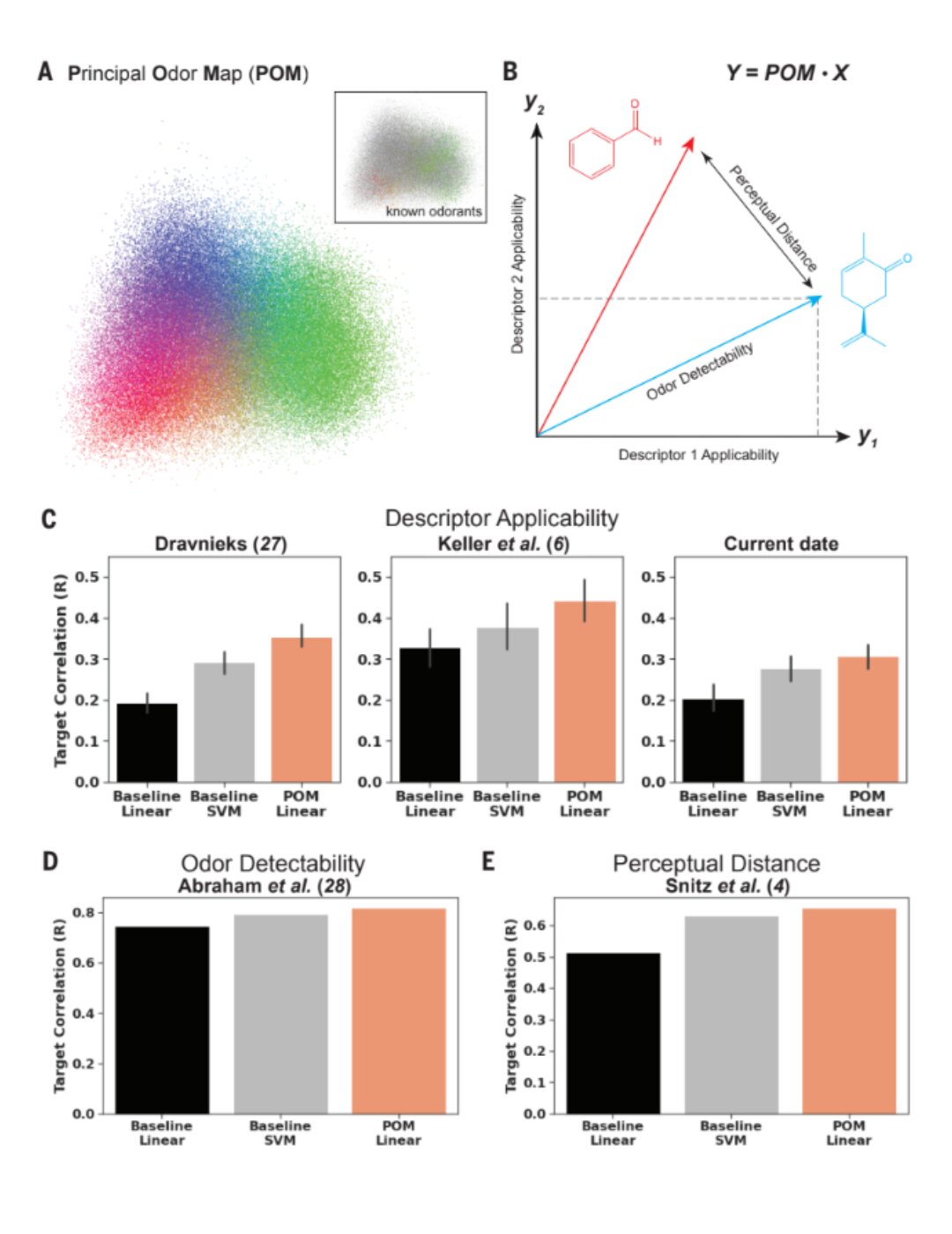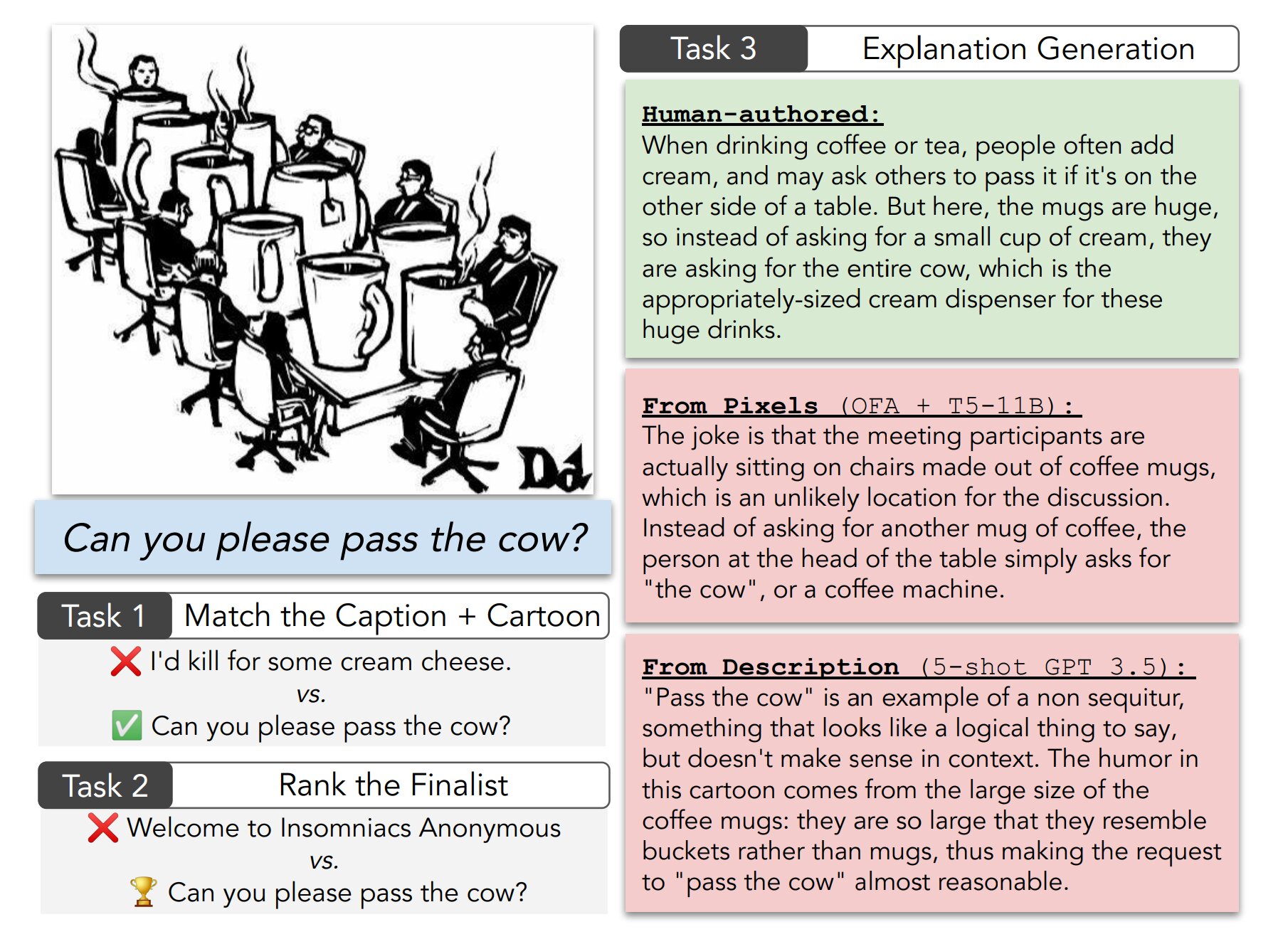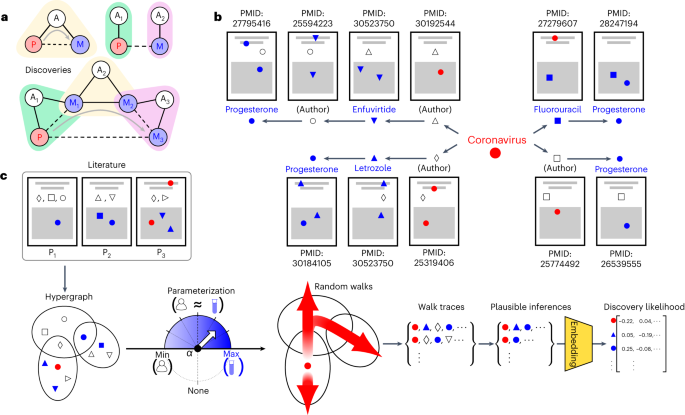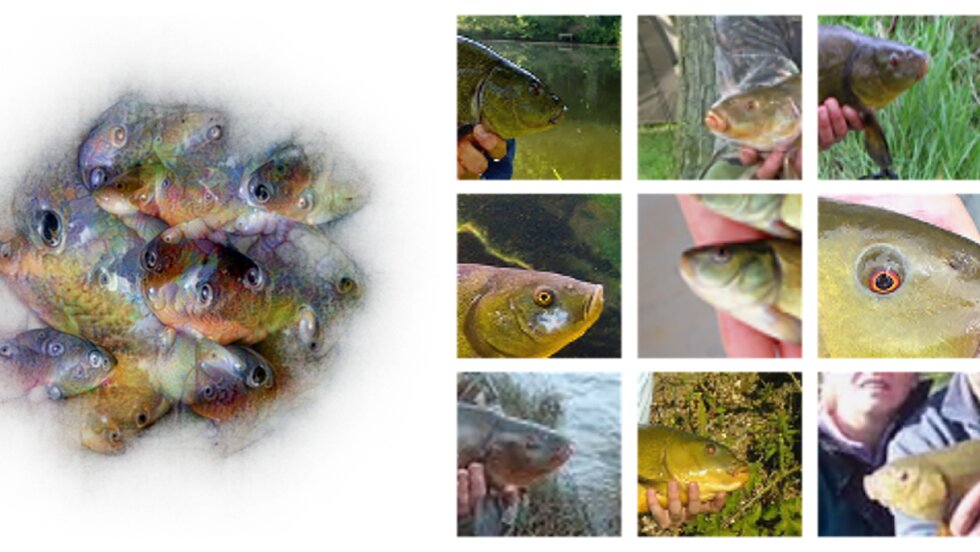Skip to content
Researchers at the Department of Energy's SLAC National Accelerator Laboratory have demonstrated a new approach to peer deeper into the complex behavior of materials. The team harnessed the power of machine learning to interpret coherent excitations, collective swinging of atomic…
Can artificial intelligence (AI) get hungry? Develop a taste for certain foods? Not yet, but a team of Penn State researchers is developing a novel electronic tongue that mimics how taste influences what we eat based on both needs and…
Artificial intelligence is already in widespread use, yet it is still difficult to understand how an AI system reaches its decisions. Scientists at the Fraunhofer Heinrich-Hertz-Institut (HHI) and the Berlin Institute for the Foundations of Learning and Data (BIFOLD) at…
One of the principal drivers of efficient large language model (LLM) tasks is the prompt.…
The era of artificial-intelligence chatbots that seem to understand and use language the way we humans do has begun. Under the hood, these chatbots use large language models, a particular kind of neural network. But a new study shows that…
Large language model (LLM) AI chatbots may be able to outperform the average human at a creative thinking task where the participant devises alternative uses for everyday objects (an example of divergent thinking), suggests a study published in Scientific Reports.…
Artificial intelligence chatbot ChatGPT diagnosed patients rushed to emergency at least as well as doctors and in some cases outperformed them, Dutch researchers have found, saying AI could "revolutionize the medical field".…
Using artificial intelligence applications to help craft a message to a friend is not a good idea—at least if your friend finds out about the use of AI, a new study suggests.…
Catastrophic forgetting, an innate issue with backpropagation learning algorithms, is a challenging problem in artificial and spiking neural network (ANN and SNN) research.…
A main crux of neuroscience is learning how our senses translate light into sight, sound into hearing, food into taste, and texture into touch. Smell is where these sensory relationships get more complex and perplexing.…
There is a joke about the daughter who asks her dad why he speaks so quietly around the house. "Because there is artificial intelligence everywhere that is listening to what we say," the dad replies. The daughter laughs, the father…
Identifying minerals is a complex and time-consuming problem for geologists, often taking anywhere from 30 minutes to several days per sample. Further complicating the situation is the fact that a sufficient portion of minerals remain inadequately researched, leaving us with…
Artificial neural networks, ubiquitous machine-learning models that can be trained to complete many tasks, are so called because their architecture is inspired by the way biological neurons process information in the human brain.…
Large neural networks, a form of artificial intelligence, can generate thousands of jokes along the lines of "Why did the chicken cross the road?" But do they understand why they're funny?…
OpenAI's ChatGPT seems ubiquitous, but open source versions of instruction-tuned text generators are gaining the upper hand. In just six months, at least 15 serious alternatives have emerged, all of which have at least one important advantage over ChatGPT: they…
A new study explores how artificial intelligence can not only better predict new scientific discoveries but can also usefully expand them. The researchers, who published their work in Nature Human Behaviour, built models that could predict human inferences and the…
Theory of mind (ToM) refers to the ability to infer mental states of others, such as beliefs, intentions, and desires. It's a kind of high-level social cognitive ability.…
The same AI technology used to mimic human art can now synthesize artificial scientific data, advancing efforts toward fully automated data analysis.…
A recent study conducted by researchers at the University of Zurich has delved into the capabilities of AI models, specifically focusing on OpenAI's GPT-3, to determine their potential risks and benefits in generating and disseminating (dis)information.…
Why is it that artificial intelligence systems can outperform humans on some visual tasks, like facial recognition, but make egregious errors on others—such as classifying an image of an astronaut as a shovel?…
文 » A
Scroll Up
×
![]()









